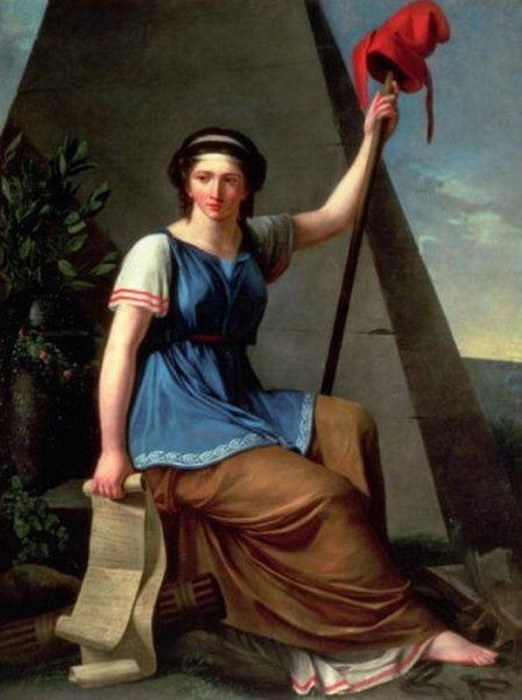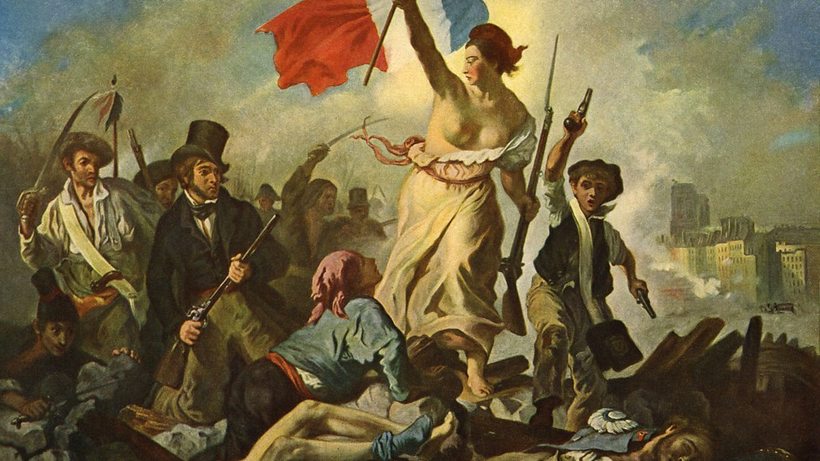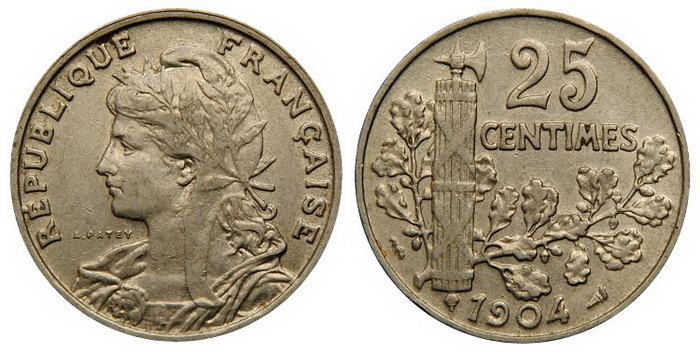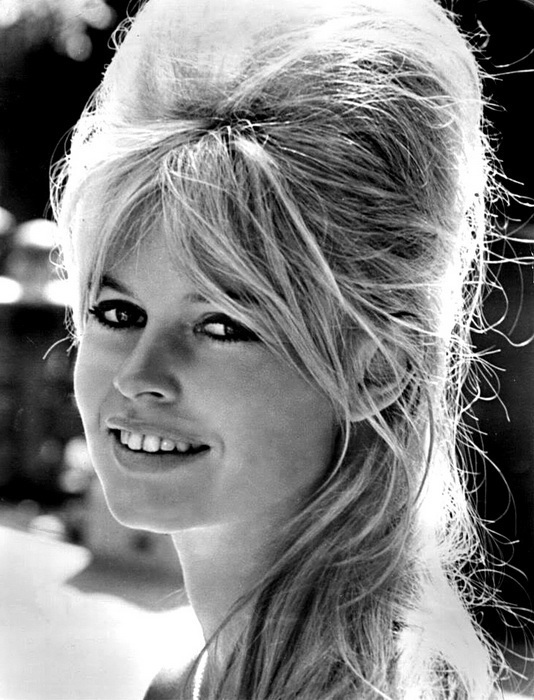Many countries have their own symbols. The British have John Bull, the Americans have Uncle Sam, and we have a bear. The French, on the other hand, took on this role by a girl named Marianne, depicted in a Phrygian cap. She was born in 1792 and since then she has not aged at all.
1. How did Marianne appear
When the Great French Revolution of 1789 began, it was necessary to say goodbye to the old monarchical signs of the state. But you can’t live without symbols at all. The new ones should reflect the hopes and aspirations of the people, above all the revolutionary slogan “Freedom, Equality, Brotherhood.”
No one can do it better than a pretty girl in the color of years. The French National Assembly in 1792 approved that there should be a girl with guns on the state press and a Phrygian cap on her head – the designation of freedom. In ancient Rome, freedmen slaves walked in it.
What to call this girl? At the hearing of the deputies was a popular song about Marianne at that time. In addition, most commoners were named Maria and Anna. So the symbol girl became Marianne.
2. Image and Symbol
Her image inspired many outstanding creators to create masterpieces. Perhaps the first thing that is remembered is the picture of Eugene Delacroix “Freedom, leading the people.” The canvas was created under the influence of emotions from the revolution of 1830. It took only three months. Delacroix said that if he did not fight for his homeland in the streets, then he should at least write for it. The image of Marianne combined the features of an ancient goddess and a simple woman.
The bare chest carried several meanings. First of all, emancipation is the liberation of women. And also the fact that the French are ready “with bare breasts” to rush at the enemy in the name of the ideals of the revolution.
The image of Marianne was entrenched in the national consciousness. In 1848, the authorities held a competition for its best embodiment. The winners were Marianne the Struggle and Marianne the Wise. “Fighting” was very sexy: disheveled hair, naked chest, gun. Then they rejected such an interpretation of the personification of France. Remained “Marianne the wise”: restrained, with a haircut, in clothes.
During the period of Napoleon III, Marianne again fell under the ban. But as soon as the Second Empire was replaced by the Third French Republic, the girl again “entered into her rights.” Her busts began to appear in public institutions, portraits on postage stamps. Wherever the bas-reliefs of the emperor used to be located, he was replaced by a girl in a Phrygian cap.
3. Who posed for Marianne
As a rule, artists did not go far and often used their wives and lovers as models. Sometimes they invited pretty girls they met on the streets of Paris.
In the 20th century, attitude has changed. In the 1960s, sculptor Alain Aslan took a different approach. He invited Brigitte Bardot to pose for the bust of Marianne, the most attractive French woman of that time.
This turned out to be a good marketing move. In a matter of days, they bought all the busts. Thus began the tradition of the “living Marianne”. The decision about who will be the new Marianne was made by the heads of French cities. After Brigitte, this venerable duty was borne by Catherine Deneuve, Sophie Marceau, Mireille Mathieu and other equally beautiful French women.







Customer
Your point of view caught my eye and was very interesting. Thanks. I have a question for you.
Customer
Thank you, your article surprised me, there is such an excellent point of view. Thank you for sharing, I learned a lot.
Customer
Can you be more specific about the content of your article? After reading it, I still have some doubts. Hope you can help me.
Customer
Can you be more specific about the content of your article? After reading it, I still have some doubts. Hope you can help me. https://accounts.binance.com/ar/register-person?ref=V2H9AFPY
Customer
Your article helped me a lot, is there any more related content? Thanks!
Customer
I don’t think the title of your article matches the content lol. Just kidding, mainly because I had some doubts after reading the article.
Customer
Can you be more specific about the content of your article? After reading it, I still have some doubts. Hope you can help me.
Customer
Can you be more specific about the content of your article? After reading it, I still have some doubts. Hope you can help me.
Customer
Thank you for your sharing. I am worried that I lack creative ideas. It is your article that makes me full of hope. Thank you. But, I have a question, can you help me?
Customer
Your article helped me a lot, is there any more related content? Thanks!
Customer
I don’t think the title of your article matches the content lol. Just kidding, mainly because I had some doubts after reading the article. https://accounts.binance.com/bg/register?ref=V2H9AFPY
Customer
Thanks for sharing. I read many of your blog posts, cool, your blog is very good.
Customer
I don’t think the title of your article matches the content lol. Just kidding, mainly because I had some doubts after reading the article.
Customer
Your article helped me a lot, is there any more related content? Thanks!
Customer
I don’t think the title of your article matches the content lol. Just kidding, mainly because I had some doubts after reading the article.
Customer
Your point of view caught my eye and was very interesting. Thanks. I have a question for you.
Customer
Thank you for your sharing. I am worried that I lack creative ideas. It is your article that makes me full of hope. Thank you. But, I have a question, can you help me?
Customer
Your article helped me a lot, is there any more related content? Thanks!
Customer
For newest information you have to go to see the
web and on internet I found this website as a most excellent web page for most up-to-date updates.